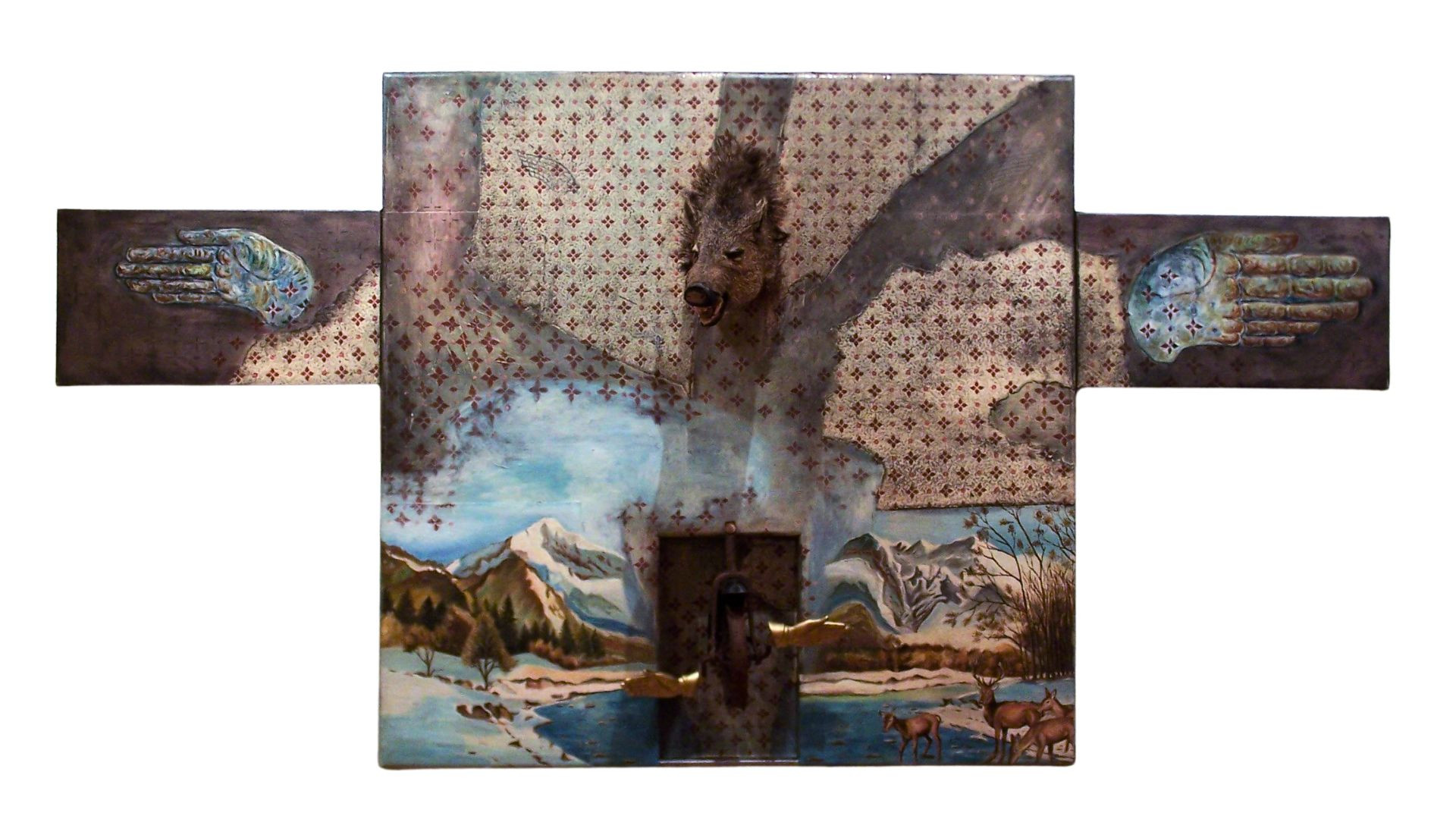Mary Ann Bonjorni: Head And Heart
August 27 2024 - December 14 2024
Mary Ann Bonjorni is a renaissance woman, equally at home lecturing about the changing pictorial space of modernist painting and spending fourteen-hour days in the saddle watching over livestock on summer range, both a multidisciplinary artist and professional ranch hand. Until her retirement from the University of Montana, she lived simultaneously in two seemingly opposite worlds, in academia and on the ground, ranching labor. It’s easy to imagine that while in either role, the other is so completely foreign as to be inadmissible, but Bonjorni has a transparent passion for living life to the fullest and an honest, insatiable curiosity about people and places, how things work and why. When looking at the breadth and consistency of her work, there is no separation between her art and her life.
A true draughtsperson, Bonjorni easily moves between figure drawing and deftly rendering a horse, to bold, emotional expressions of the human condition. She has created large-scale installations and orchestrated site-specific performances and art interventions. In one example, Bonjorni wrote poems one large word at a time on long stretches of desolate highway. Her highway poems are literally part of the landscape, only experienced as the passive viewer drives through the landscape and unwittingly becomes an essential element in the piece. Imagine taking in the landscape through the windshield as a large word on the pavement comes into focus, reading it momentarily, unconsciously, as you speed along and the next word comes into view. For Bonjorni, this viewer of the landscape through a windshield is the Cartesian viewer of a painting—central, with a single point perspective to the horizon. Though the words have been worn from the asphalt by decades of tires and weather, this retrospective includes photographs of this important site work alongside several important two-dimensional constructions that carry forward the lineage of Robert Rauschenberg’s combine paintings from the mid-20th century.
—John Calsbeek


